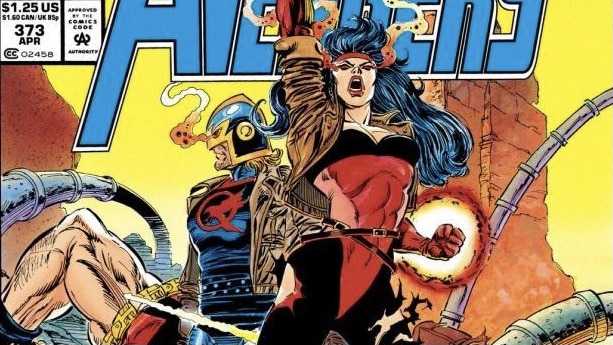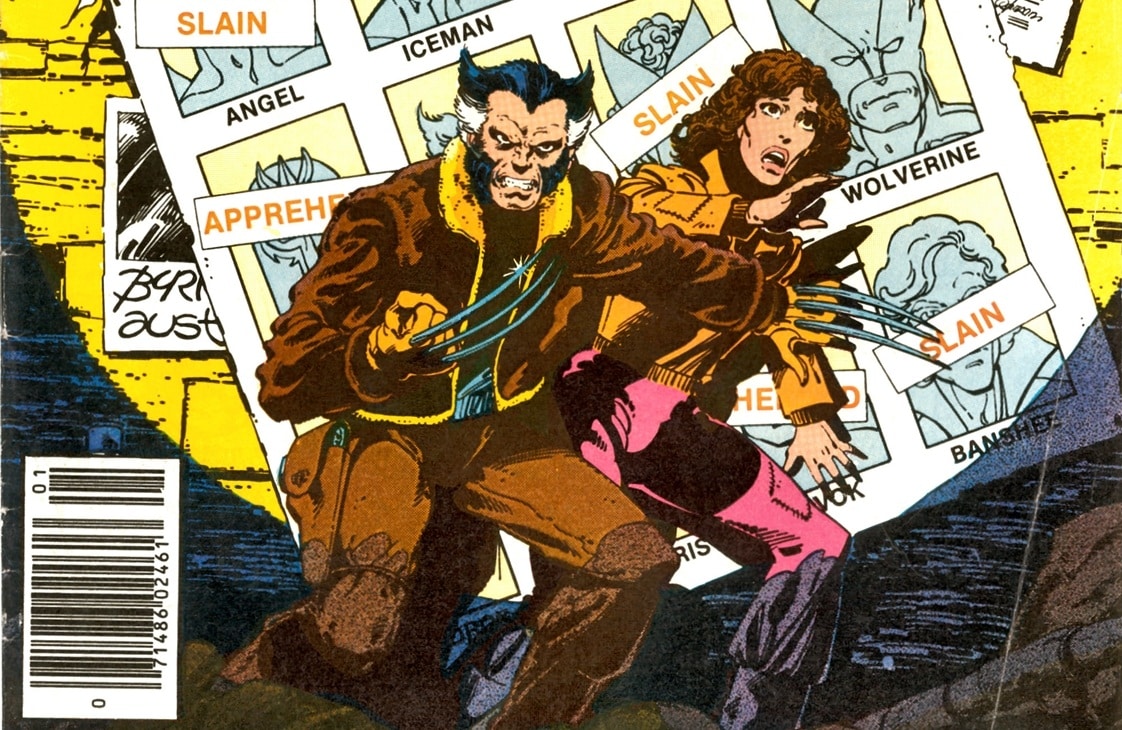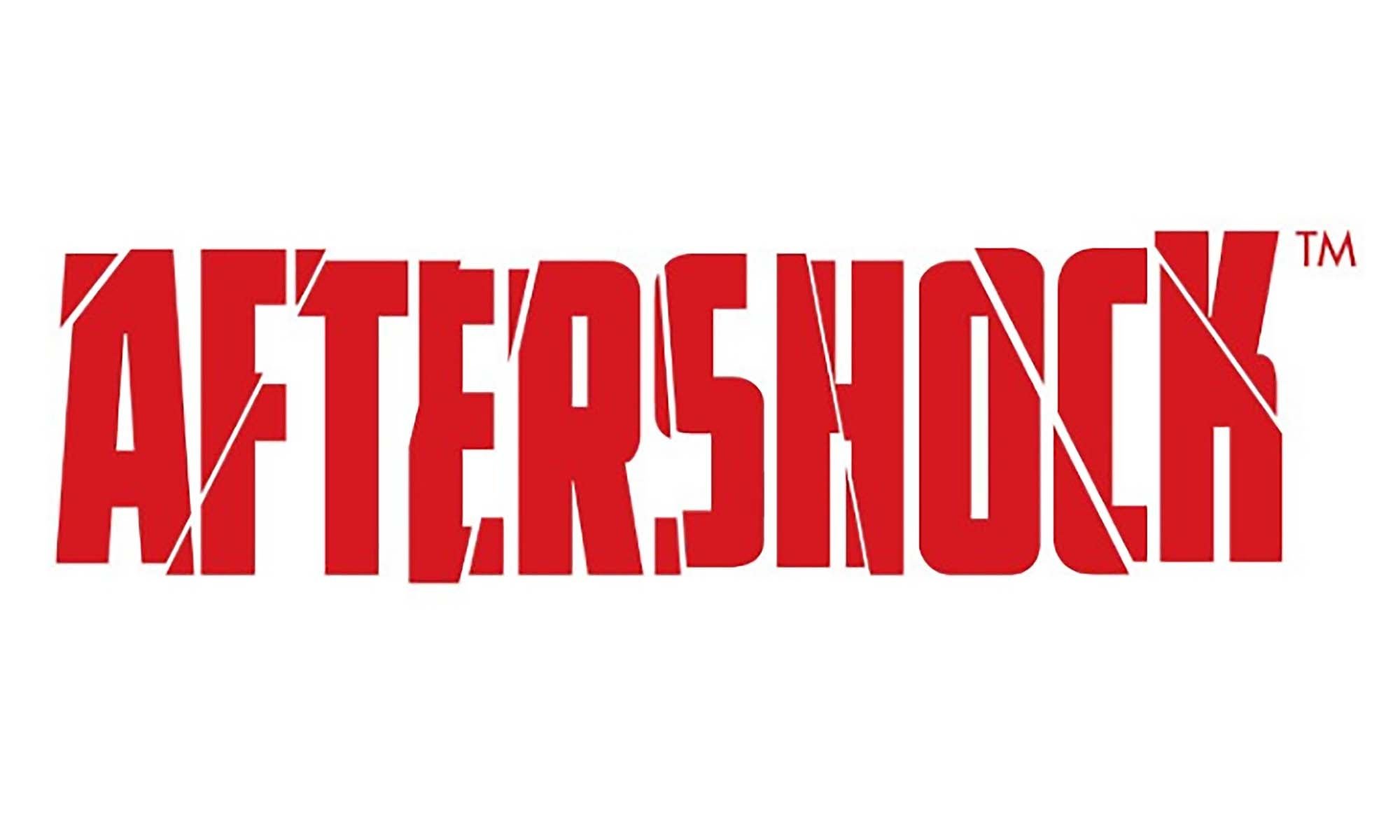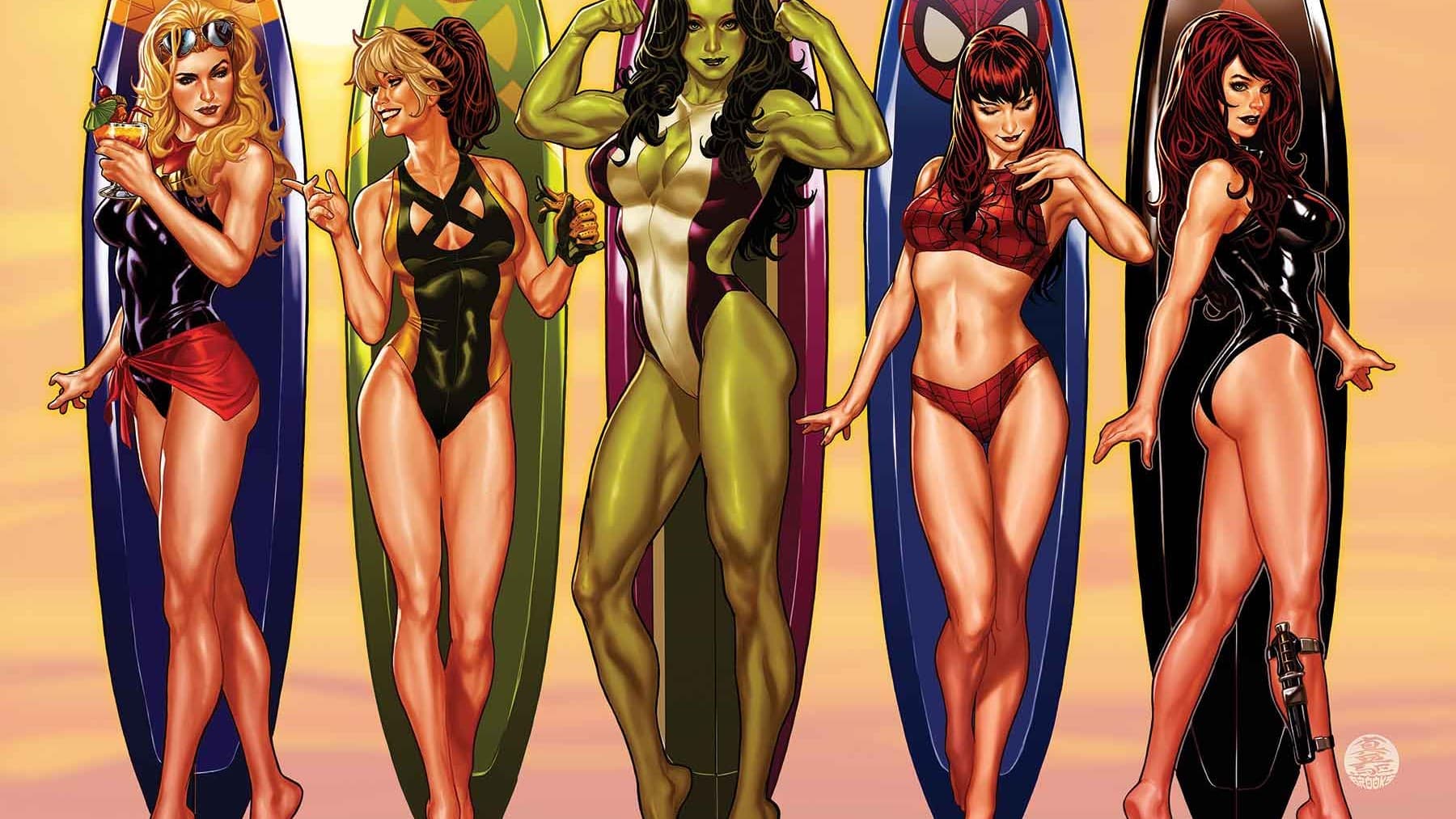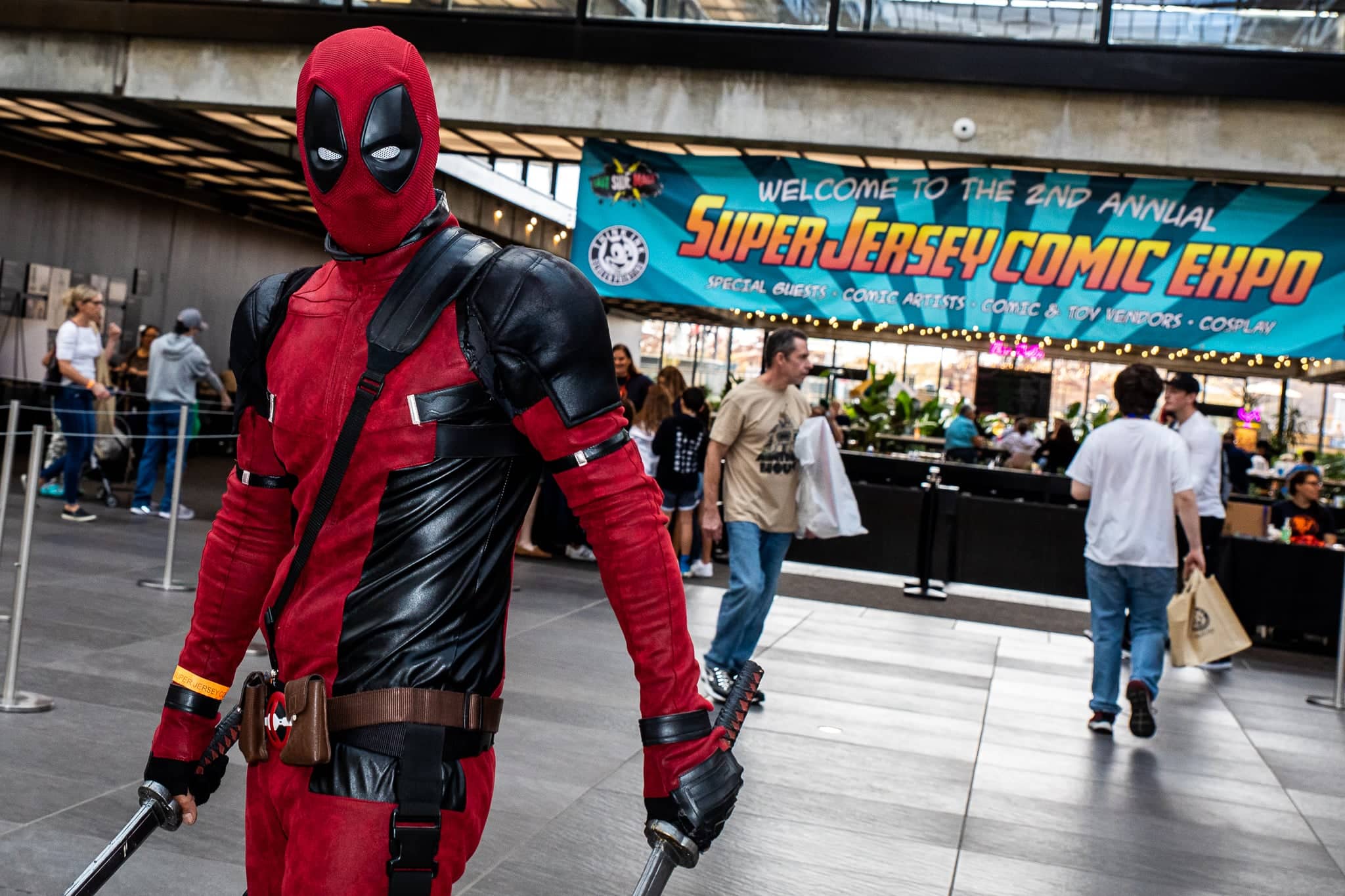Disney’s The Eternals represents perhaps the biggest swing of all from the Marvel Cinematic Universe, an attempt to adapt a relatively obscure batch of sci-fi space-god characters from a ‘70s era comic by Marvel founding father Jack Kirby, then sell that adaptation to viewers in a post-Avengers world. Much like the MCU, the Eternals and Avengers of the comics inhabit the same universe, yet the two groups have largely steered clear of one another over their respective histories.
With a few exceptions: on three separate occasions, an Eternal has joined the roster of Earth’s Mightiest Heroes, yet none of those occasions led to the Eternal in question becoming a mainstay of Avengers rosters going forward. For one reason or another, each character’s tenure ends with a reversion to a status quo in which the Avengers and the Eternals are each their own thing, standing at arm’s length from one another.
With the Eternals ready at last for their cinematic closeup, let’s take a closer look at those times when they did cross paths with the Avengers, and engage in some speculation as to why they never quite stuck as traditional superheroes.
A Fox From the Stars

The first Eternal to formally assemble with the Avengers wasn’t even from Earth. Starfox (given name: Eros) joined the team as a trainee early in writer Roger Stern’s Avengers run (a run which would come to include some of the series’ highest highs). He is one of the Eternals of Titan, an offshoot of the Eternals who broke off from the main group on Earth to found a colony on one of Saturn’s moons (included amongst their number is Thanos, Starfox’ brother). For much of his tenure as an Avenger, Starfox was used for “outsider offering humorous perspectives on humanity” bits, as his alien yet affable ways often left him bemusedly remarking on his teammates strange (to him) foibles. For the most part, his status as an Eternal went unremarked upon and had little bearing on stories.
That changed with a story beginning in Avengers #246, in which the Avengers end up accompanying Starfox on a trip to Olympia, home of the earthbound Eternals. Not only does it represent the first time the Avengers and the Eternals interact with one another directly in their respective groups, it’s also the story which draws an explicit connection between the Eternals of Earth and the Titans residing on Saturn’s moon, thereby confirming them (and Thanos) to be Eternals as well. Bringing the Titans into the Eternals’ fold in that story is perhaps the biggest plot development to come out of the intermingling of the two groups.
Following that adventure, Starfox remained with the Avengers for a time, before ultimately leaving the team in the wake of an outer space confrontation with Nebula the space pirate. Nebula claimed to be the granddaughter of Thanos (rather than his daughter as in the MCU), and Starfox left the Avengers in order to hunt her down and substantiate those claims. It marked the end of a relatively lengthy tenure with the Avengers, yet since then, while the character has returned for a few Avengers stories here and there, he has largely operated in the more cosmic sphere of the Marvel Universe.
Starfox’s relative disappearance from later Avengers stories may be explained by his unique superpower. He possesses the ability to manipulate the pleasure center of people’s brains, making them like him more, and making himself appear more attractive to others. If that all sounds a little…rapey, well, it is. Roger Stern, to his credit, went out of his way to assure readers that Starfox never used this ability on women (or men) for which he had romantic affection, unless they had already clearly reciprocated that affection. After Starfox left the Avengers, however, later writers, such as Ron Marz in Silver Surfer, weren’t so careful, deliberately rejecting that notion and, essentially, turning the character into a sex criminal.
Years later, Dan Slott attempted to clear Starfox’ name during his She-Hulk run, but the effort wasn’t entirely successful or terribly well-executed. It reached the point where it was difficult to use Starfox in a story without addressing the nature of his powers and its inconsistent use over the years. Whether that icky power is the cause of his extended absence from Avengers history or not, it remains to be seen whether reportedly being portrayed by Harry Styles in the Eternals movie will be enough to get him back in the comic book Avengers’ good graces.
Also, fun fact: Starfox was given his codename by Wasp, because he was from the stars, and also hawt.

The (Brief) Epic of Gilgamesh
The Avengers in 1989 were in a bit of a weird place. Roger Stern had left abruptly over disagreements with editorial, and Walt Simonson, best known for his kinetic and defining mid-’80s run as writer and artist on Thor, came aboard as the new series writer.
He set about wrapping up Stern’s plotlines and building his own Avengers lineup, which culminated in the series opening its 300th issue with a disbanded team and Captain America, operating against government orders as the black-clad “Captain”, the only Avenger around to face the threats of “Inferno”, the X-Men crossover into which Avengers was tying at the same time. Into this bizarre setup stepped Gilgamesh.
In the grand scheme of the Eternals, Gilgamesh a.k.a. the Forgotten One (no, seriously), is one of the lesser characters. Icarus, Thena, Sprite, Makkari; these are the Eternals who drive plot lines. Gilgamesh is just sort of…there, hanging out on the fringes of Eternals lore (which already exists on the fringes of the wider Marvel Universe). Yet when Avengers #300 is published, Gilgamesh is suddenly on the cover, wearing some kind of weird bull armor, part of one of the most eclectic Avengers rosters ever: The Captain, Thor, Mister Fantastic, Invisible Woman, and Gilgamesh. However, neither Gilgamesh, nor that lineup, nor writer Walt Simonson would last long.

You may have noticed two of the people on that five person roster are better known as 50% of the Fantastic Four; this lineup occurs during a time when Mister Fantastic and Invisible Woman had been written out of the Fantastic Four series, and Simonson had been given permission to bring them into Avengers. Yet shortly thereafter, the characters were yanked back to Fantastic Four, leading Walt Simonson to leave Avengers with the same issue that revealed his desired roster.
After a story by a fill-in writer that wrote Mister Fantastic and Invisible Woman off the team, new regular writer John Byrne quickly wrote Gilgamesh out of the book as well. Like most creators, Byrne hasn’t said much about Gilgamesh through the years; presumably, he simply didn’t care for the character and got rid of him to make room in the book for characters he did like. And it’s not hard to sympathize with Byrne here.
Part of the Eternals whole deal is that they’re meant to be the inspirations for the Greek/Romans gods of myths (Thena is Athena, Makarri is Hermes/Mercury, Eros/Starfox is Cupid, etc.). When operating in their own little corner of the Marvel Universe, that’s all well and good, but the wider Marvel Universe also routinely features the actual Greek gods as regular characters (and Norse gods, and Egyptian gods, etc.).
As a result, when Gilgamesh is plucked out of the Eternals and put on the Avengers, he simply comes across as a watered down version of other, more interesting, characters, a less ebullient and braggadocious Hercules, or Thor without the cool hammer (he’s even on the Avengers while Thor is right there, standing next to him). Thus, it’s not surprising that John Byrne quickly moved past the character.
After his short tenure as an Avenger, Gilgamesh mostly faded into obscurity, getting dusted off to serve as stakes-raising cannon fodder for the mid 90s Avengers event storyline “The Crossing” (in which Gilgamesh’s abrupt and unceremonious end is but one of its many sins). But of course, Gilgamesh is an Eternal (and a comic book character) so he returned eventually, with Kieron Gillen teasing some interesting things with him in the recent ongoing Eternals series. Ultimately, while nothing can take away his short-lived tenure as a third-string immortal on an eclectic Avengers roster that ended before it ever really started, it’s easy to see why Gilgamesh has largely stayed out of the Avenger’s narrative arena since that time.
On Leather Jackets and Relationship Drama

Sersi, the hard-partying hedonistic Eternal and the third Eternal to formally join the Avengers, crossed paths a few times with the team before joining in the wake of Gilgamesh’s departure (including the story that wed the Titans to the Eternals). Where Gilgamesh struggled to establish himself as something different from the other beefcake-y, punchy immortals in the Avengers’ ranks, Sersi’s effervescent nature and transmogrification powers immediately set her apart, not just from Gilgamesh, but many of the other stalwart Avengers. Her tenure with the team, while very much a product of its time, stands as the longest of any of the Eternals thus far. Not only that, but she eventually became the centerpiece of both the series’ narrative arc and its character drama.
By 1992, X-Men group editor Bob Harras was the writer on Avengers, and wanted to bring a little of the style and storytelling approach that had made the books he edited a sales smash for Marvel. This meant, amongst other things, that the Avengers started wearing branded leather bomber jackets over their colorful costumes (similar to what Jim Lee did for the X-Men when he redesigned the look of the team in 1991).
It also meant that he dialed up the soap operatics, putting character relationships – and especially relationship drama – at the center of his stories. While this played out in various ways, the most reliable vehicle for that drama came from a love “quadrangle” involving Sersi, who had a thing for fellow Avenger Dane Whitman, the Black Knight (who appears in The Eternals played by Kit Harrington), with the pair eventually becoming mentally linked and sharing each other’s thoughts. But Black Knight wasn’t terribly wild about that connection, because he also had a thing for Crystal of the Inhumans, another teammate, who was in a struggling marriage with Quicksilver (a former Avenger and then-member of the government-sponsored X-Factor team).
Meanwhile, Harras began to build up the main narrative arc of his run, involving a team of alternate reality Avengers called the Gatherers who are led by the mysterious Proctor, a being possessing an unhealthy obsession with Sersi who, amongst other things, framed her for a string of murders, before launching his all-out assault on Sersi and the Avengers. Between her role at the heart of the long-running Gatherers plotline and the series’ focus on the love quadrangle of which she was an integral side, one could be forgiven for reading Avengers comics in the early 90s and assuming Sersi was one of the most important Avengers ever.
In the end, Sersi and Black Knight ride off into the sunset of the Ultraverse (an alternate universe containing the superheroes published by another comic book company Marvel bought out) and, like Gilgamesh before them, comic book limbo. Since then, Sersi has made her presence known in comics, but usually within the context of her Eternal brethren, rather than alongside Earth’s Mightiest Heroes.

While Sersi’s tenure with the Avengers was largely successful, in terms of the character becoming an integral part of the team capable of carrying storylines, that tenure also came during a time that isn’t necessarily remembered fondly. The “Leather Jacket” Avengers has its defenders, but many fans feel it was too blatant an attempt to twist the series into something it wasn’t in order to cash in on the success of the X-Men. Given how interwoven Sersi is with that era and how critical she is to its signature story, it’s entirely possible the desire to bring her back to the Avengers is limited, for fear of the association it would bring with a “lesser” run of Avengers comics.
In the end, there is no one consistent reason why every time an Eternal joins up with the Avengers, it ends with a relatively permanent separation between the Eternal and the Avengers going forward. While many more traditional superheroes have been brought into the Avengers’ fold through the years and developed into stalwart members that regularly cycle through the team’s membership, the few times the Eternals crossed paths with the Avengers, they did their thing, then moved on and rarely returned for an encore. Starfox had a largely successful tenure, yet the depiction of his “pleasure power” in later books makes him a difficult character to use. Gilgamesh’s membership was doomed by behind-the-scenes machinations, but his inability to set himself apart as a character gave little incentive for anyone to bring him back. And while Sersi was one of the signature Avengers of the early 90s, her association with a less-than-beloved era makes her more appealing as an Eternal than an Avenger.
Could a successful Eternals film make their comic book counterparts more attractive to the future chroniclers of Earth’s Mightiest Heroes? Or lay the groundwork for an entirely different Eternal to join the Avengers’ ranks? Only time (and the fortunes of the MCU) will tell.
Austin Gorton also reviews older issues of X-Men at the Real Gentlemen of Leisure website, co-hosts the A Very Special episode podcast, and likes Star Wars. He lives outside Minneapolis, where sometimes, it is not cold. Follow him @austingorton.bsky.social.

